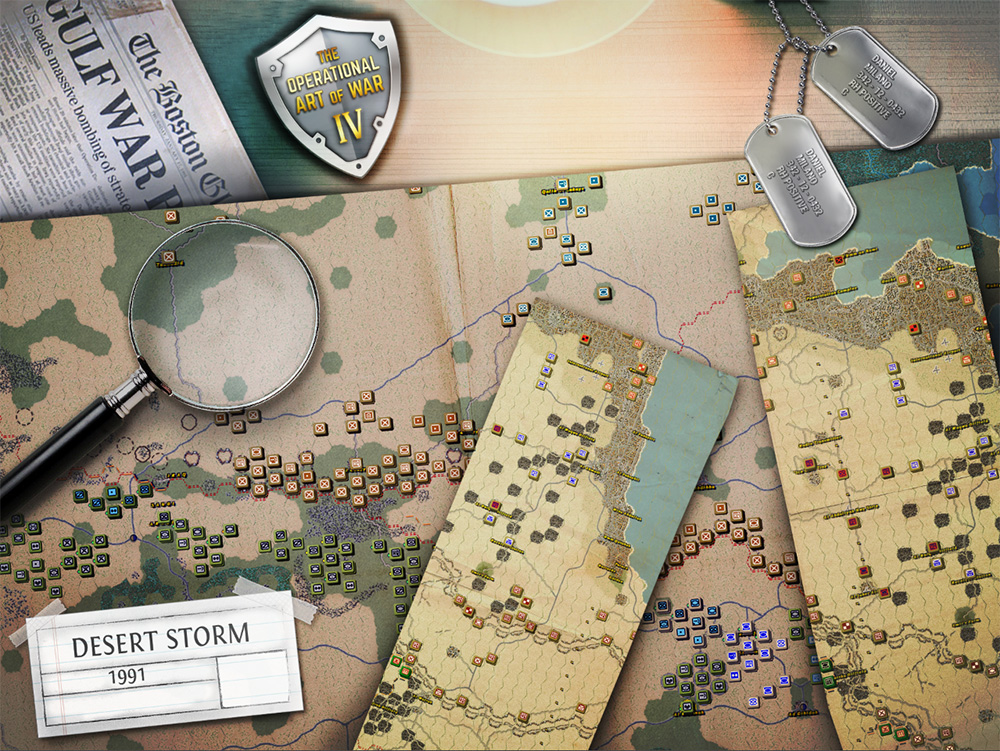
I really like the background battle noises, and much prefer them over the music, which is generally annoying. On the sound side of the equation, the sound is typical of a wargame: short soundbites that are appropriate for the particular unit that is moving/shooting and some ambient effects. Of course, most people who play wargames don’t care about cutting-edge 3-D graphics, so The Operational Art of War III won’t make your eyes bleed. I’d like to see one hardcore wargame that looks really good, but I’m still waiting. Part of this has to do with the fact that a lot of these games are developed by small teams that don’t have the money to invest in spectacular graphics, but it’s still disappointing. While real time strategy games look better all the time (just look at Rush for Berlin, for example), wargames are content with their hex-based, low detail flat maps. Keep in mind that wargames look old when they are released, and you can imagine that nobody will experience earth-shattering awe while glancing in the general direction of TOAW III. The Operational Art of War III looks like an eight-year-old wargame. Unfortunetly, we (as always) have to start out by talking about the graphics and sound. How has the eight-year-old game held up when compared against more modern titles? Are there seriously over 200 scenarios? Seriously?
#Operational art of war 2 on windows 7 series#
This brings us to Norm Koger’s The Operational Art of War III, not as much a sequel in the series but a collection of a whole bunch of scenarios and support for Windows XP. Talonsoft’s library of computer games has recently been purchased by Matrix Games, who is now re-releasing some of the titles with updated scenarios and compatibilities with more recent operating systems. Known as TOAW to “insiders” (and by “insiders” I mean “nerds”), the original game was published by grognard-friendly Talonsoft back in 1998.

When one talks about renowned computer wargames (and who doesn’t?), The Operational Art of War will typically come up. What say you? The large scope makes it a must-have for hardcore wargamers: 7/8 The Not So Good: Very outdated graphics and sound, demanding difficulty

The Good: Over 200 scenarios from Napoleon to the near future, scenario editor, challenging AI, PBEM, low system requirements, splendid user interface Norm Koger’s The Operational Art of War III, developed by Talonsoft and published by Matrix Games.


 0 kommentar(er)
0 kommentar(er)
